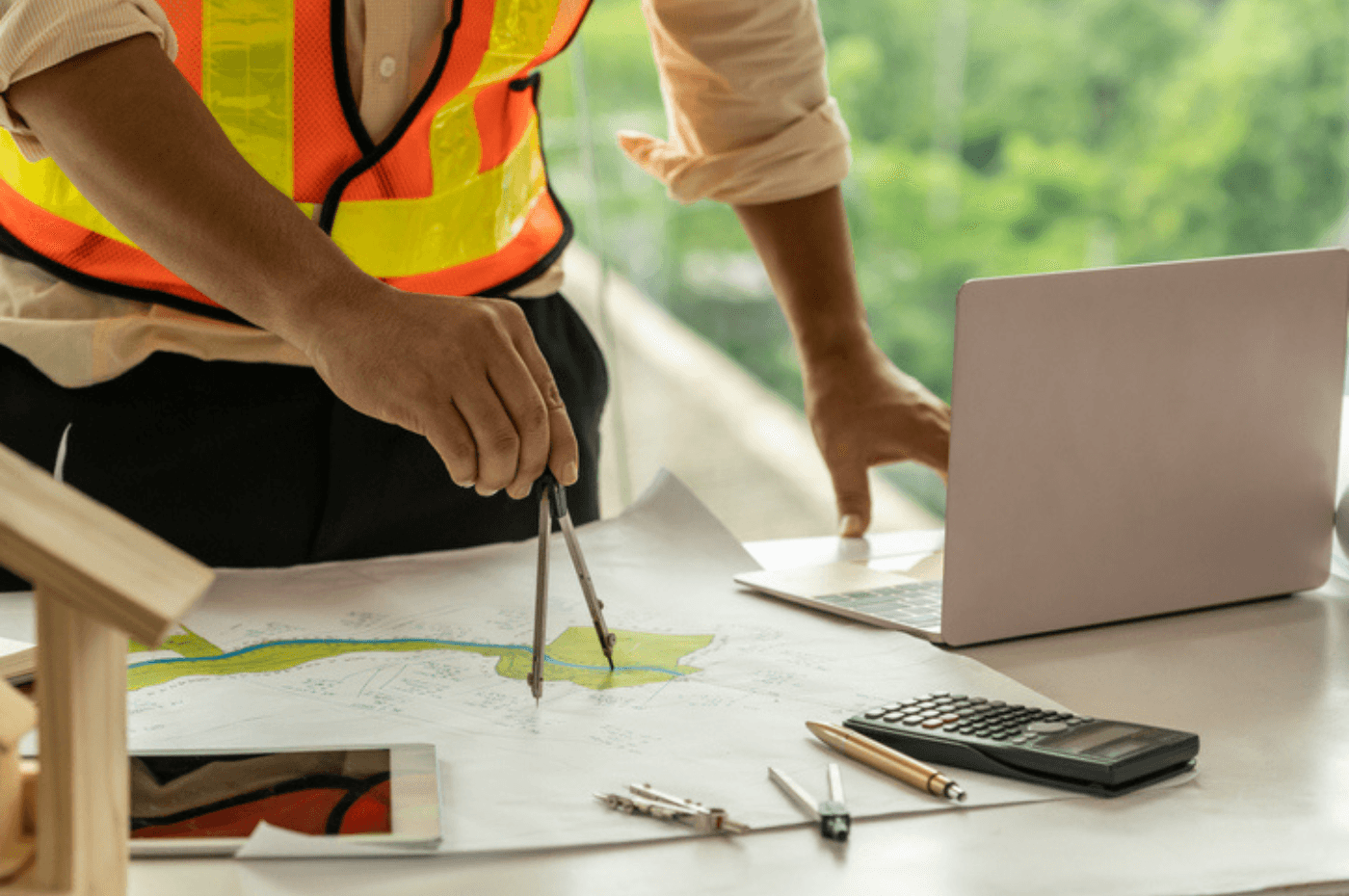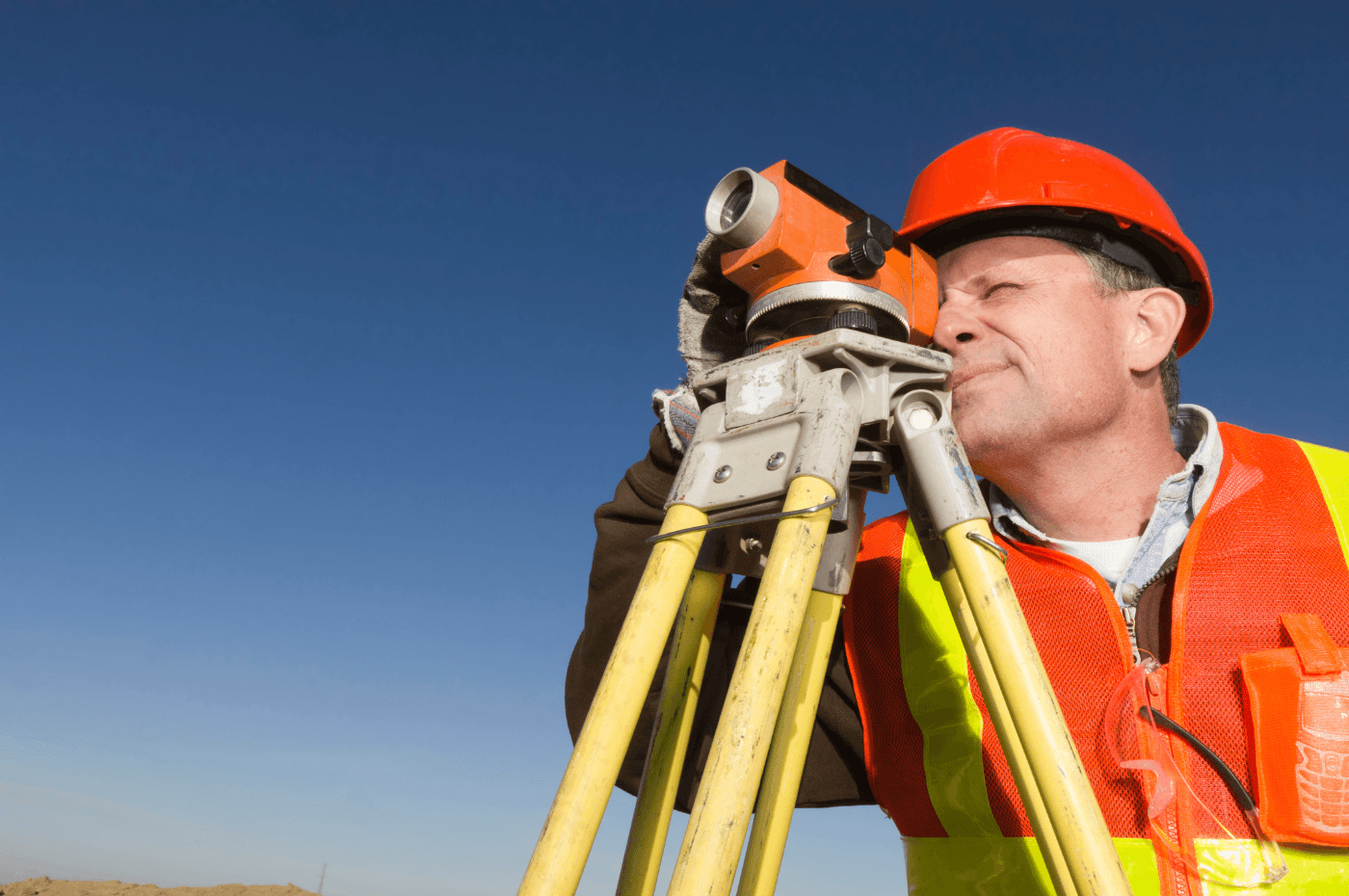Property boundaries can often lead to disputes between neighbours, especially when they aren’t clearly defined. The well-known fence dispute is just one example of how conflicts can arise without explicit land limits.
To prevent such issues or to resolve existing conflicts, hiring a land surveyor can be beneficial. They can accurately identify and establish your property boundaries using visual markers. Depending on your needs, you might choose to temporarily stake out your land or install permanent markers as indicators. Let’s explore everything you need to know about it.
Staking vs. marking a property: what’s the difference?
While both staking and marking are used to define property boundaries, they have distinct differences. Let’s see.
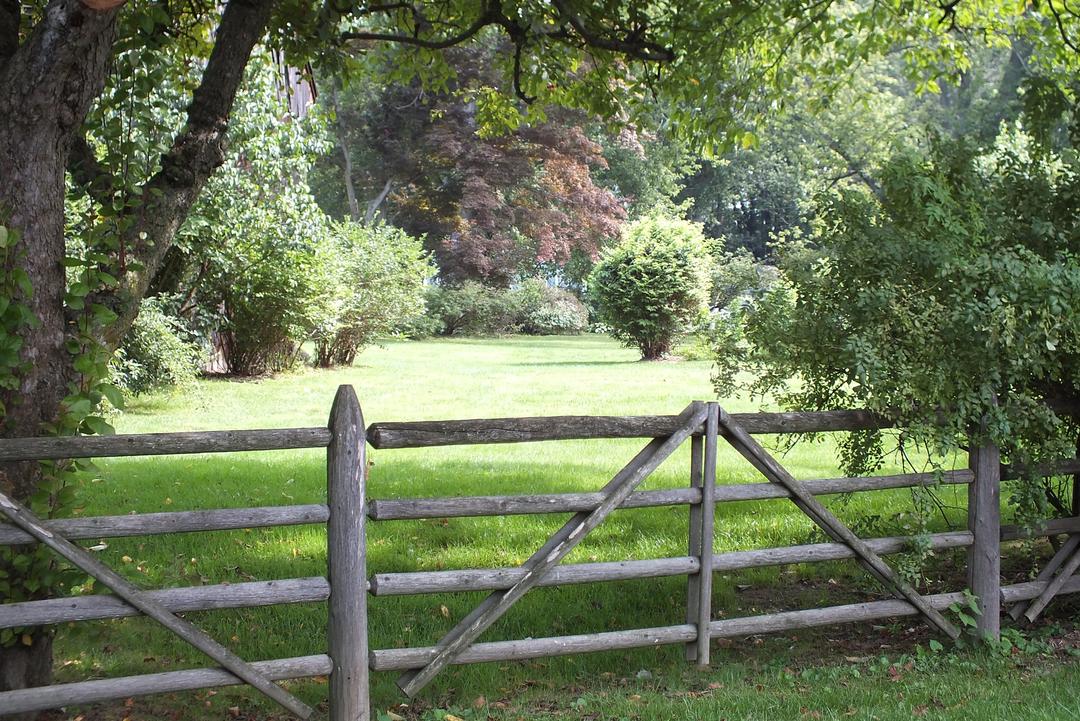
Staking: visually indicating the property’s boundaries
Staking is a process initiated by the property owner and involves a land surveyor performing specific operations to visually indicate the property’s boundaries using markers like stakes, pins, or other signs. If the surveyor cannot definitively determine the boundaries, they will not place any identifying markers.
The boundaries established through staking are based on the surveyor’s professional judgment, taking into account measurements, plans, and cadastral records related to the property. Typically, these boundaries are considered temporary. Furthermore, the property owner who requested the staking cannot enforce the limits defined by these visual markers, which means that staking does not carry the same legal weight as marking.
Marking: fixing boundaries irrevocably
Marking is designed to definitively and permanently establish the boundary between adjacent properties. To confirm this delimitation, a land surveyor prepares a marking report and places markers along the dividing line. If the surveyor cannot place a marker due to soil condition, the presence of a watercourse, or other obstacles, this will be documented in the report.
The markers used in marking are similar to those employed in staking. However, these markers are certified by the court or through the surveyor report, giving them official status. Once marking is completed, it is permanent and cannot be contested, providing a clear and lasting resolution to boundary issues.
Unlike staking, marking involves all neighbouring property owners along the boundary. It is considered amicable when the parties agree on the delimitation, and judicial when a judge intervenes dues to disagreements. Let’s learn more about those.

Amicable marking
Amicable marking is the simplest approach, as it involves all parties agreeing on the property boundaries without needing additional steps.
In this process, neighbours recognize the necessity of marking and engage a land surveyor. The surveyor assesses all relevant factors to determine the boundary as accurately as possible. They consult with property owners, review existing documentation, and may seek input from other experts, such as notaries or legal advisors.
Once their research is completed, the surveyor produces a detailed written report explaining their conclusions about their property boundaries. After all parties accept the report, the boundary line is marked with appropriate markers, and everyone signs the report. This signature legally established the boundary, which must be respected by all parties involved and future property owners.
Upon completion of the marking, the costs associated with the surveyor report are shared equally among the owners. The invoice for the marking fee and the report production is divided proportionally based on the marked line for each property.
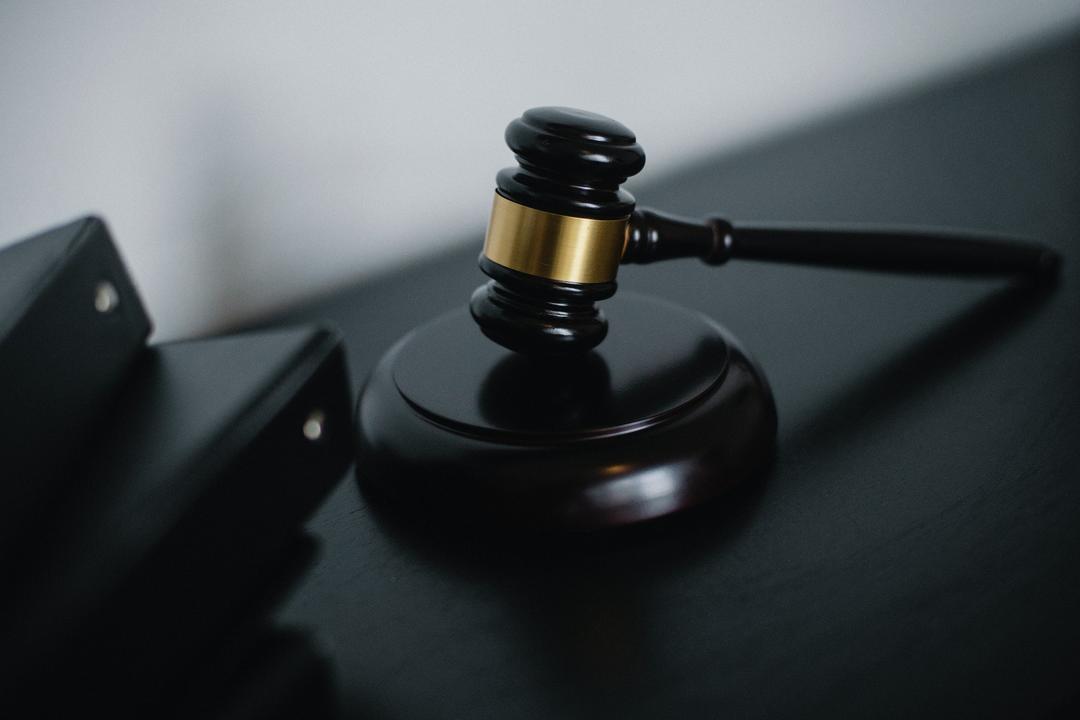
Judicial marking
Judicial marking occurs when one of the property owners refuses to participate in the marking process or disputes the surveyor’s report. Such disagreements can lead to significant conflicts, as any gain in land for one party means a loss for the other. In these cases, involving the courts may be necessary to resolve the issue and establish the property boundary.
In a judicial marking scenario, the compliant owner must issue a formal notice to the reluctant party, requesting their consent to proceed with the marking. This notice must adhere to specific rules, including details such as name and address or the proposed land surveyor and a description of the properties involved.
If the reluctant owner consents, the process can proceed similarly to amicable marking. However, if they refuse or contest the surveyor’s report, the matter can be escalated to the Superior Court of Quebec. The court will review the case, and the judge will determine the property boundaries.
If the boundadry survey report is rejected, the individual has one month to bring the base to court. Due to the complexity of these disputes, property owners may need to hire legal representation to advocate for their interests, making the process potentially lengthy and costly.
What is the boundary survey report?
The boundary survey report, prepared by the land surveyor, is a comprehensive document that includes both a written report and a detailed plan. It captures all aspects related to the marking of the land and is designed to be thorough enough that another surveyor could replicate the original operations and place the markers in the same locations.
The report must include the following elements:
- Clear descriptions of the properties involved.
- Names and contact information of the property owners.
- When and where the report was signed.
- A list of all relevant titles and documents consulted during the survey.
- A detailed account of the procedures followed in marking the boundaries.
- Names of any witness who were present the placement of the markers.
- The legal basic under which the surveyor placed the markers.
- Details for locating and verifying the markers and established boundary lines.
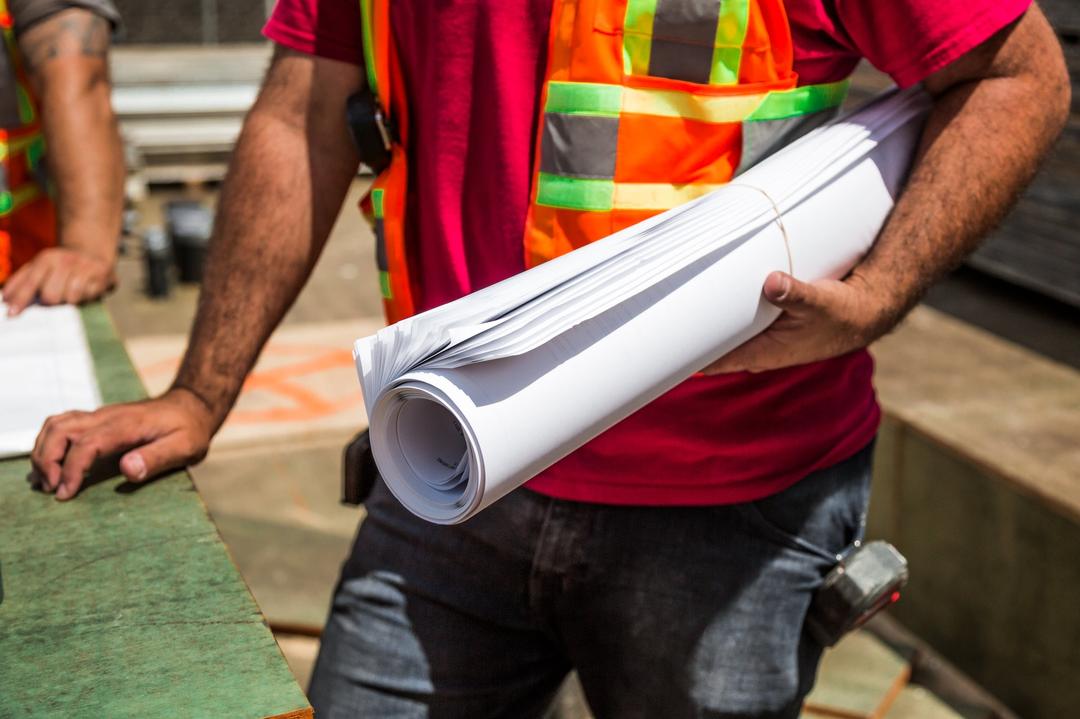
The role of the land surveyor in boundary marking
Land surveyors play a crucial role in marking property boundaries, as they possess the expertise and knowledge necessary for this task.
In the boundary marking process, the land surveyor acts as a public officer and court expert, thoroughly investigating the boundaries of the land. After conducting their research, they recommend what they believe to be the most accurate boundary based on evidence such as title deeds, cadastral plans, and existing occupation marks. Once their recommendations are accepted, the surveyor places the markers and prepared the marking report.
To practise as a land surveyor, candidates must complete rigorous training and become members of the Ordre des arpenteurs-géomètres du Québec (OAGQ). After gaining membership, they are required to adhere to professional obligations that govern their role.
Under the Land Surveyors Act, only licensed surveyors are permitted to perform boundary marking tasks. As unauthorized individuals who engage in these activities may face legal consequences. Additionally, tampering with, moving, or altering any markers or references placed by a surveyor is subject to fines.
What is the cost of boundary marking operation?
The Ordre des arpenteurs-géomètres du Québec (OAGQ) has published a guide of suggested rates for land surveyors for 2024. This guide is for informational purposes only and serves as a reference to help members define fair and reasonable fees.
Here’s a summary of the suggested prices for various services:
| Type of service | Estimated costs* |
|---|---|
| Certificate of location (single-family house in an urban environment) | $1,550 |
| Layout, layout certificate and location certificate | $2,255 |
| Staking and staking certificate (isolated case - investigation excluded) | $1,550 |
| Registration (if required, land survey excluded) | |
| First lot created | $1,410 |
| Each additional lot created | $420 |
| Technical description (field survey excluded) | |
| First plot | $700 |
| Each additional plot (same minute) | $245 |
| Copies and certification of documents | $240 |
| File opening | $135 |
| Digital plan (file) | $460 each |
Source: Ordre des arpenteurs-géomètres du Québec(OAGQ)
* Suggested prices exclude applicable taxes
Are you looking to understand your property bounderies?
XpertSource.com can help you find a land surveyor. When you tell us about your project, we put you in touch with qualified resources for FREE. Simply fill out our form ( it only takes a few minutes ) and we will connect you with professionals.



